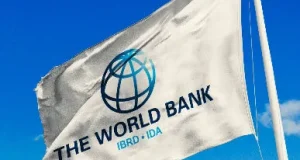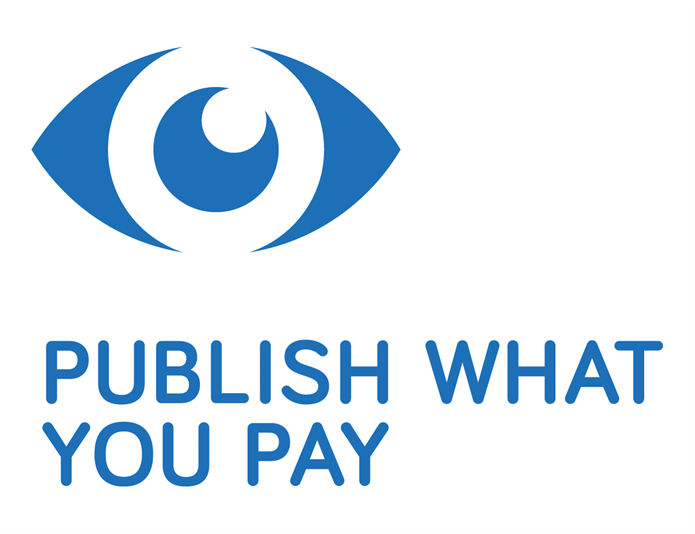Prices of fuel at the various pumps is expected to inch higher in the first pricing window of February, says the Institute for Energy Security (IES).
Per projections made by the IES, prices of diesel, petrol, and LPG will go up by some 7% to 13%.
According to the IES, the anticipated price increase follows a market rise in the price of diesel, petrol, and LPG by 7.5%, 14% and 10% respectively.
The rise in prices of fuel at the pumps, the IES notes, is despite the receipt of some 41,000 metric tonnes of fuel under the government’s “Gold for Oil” policy.
“Following a global market rise in the price of Gasoline, Gasoil, and LPG by some 14%, 7.5% and 10% respectively, the domestic fuel market is expected to experience a hit since almost all these commodities are imported for consumption. The depreciation of the Ghana Cedi against the U.S. Dollar may worsen the situation as fuel importers may be tempted to price in the forex exposure suffered in the last two weeks.
“The rise in domestic fuel prices would be occasioned in spite of government’s receipt of approximately 41,000 metric tonnes of Gasoil under its “Gold for Oil” program, and that consumers must be prepared to buy for instance, a litre of Gasoline for roughly Gh¢15 in the coming days,” remarked the IES.
Local Fuel Market Performance
The second pricing window for January 2023 saw price increases for petroleum products on the domestic market. Prices increased by some 9% and 6.67% for Gasoline and Gasoil respectively.
The Institute for Energy Security’s (IES’) monitoring of various Oil Marketing Companies (OMCs) for the pricing window under review saw the national average price per litre of Gasoline increase to Gh¢13.58 from Gh¢12.54 and Gasoil from Gh¢14.40 to Gh¢15.36.
The national average price of liquefied petroleum gas (LPG) as monitored on various LPG Marketing Companies (LPGMCs) is pegged at Gh¢12.69 per kilogram.
These
changes were large as a result of an increase in prices of the commodities on the international fuel market, in addition to the depreciation of the Ghana Cedi against the U.S. Dollar.
In the pricing window under assessment, the IES Marketscan picked Goil, Total, Shell/Vivo, Engen, Nasona, and Puma as OMCs with the highest-priced fuels on the market; with Star Oil, Goodness, Benab, Allied, and Zen Petroleum representing some of the OMCs with the least-priced fuels on the market.
Local Forex
Data from the IES Economic Desk on the domestic foreign exchange (Forex) market over the last two weeks shows the Ghana Cedi lost 10.33% of its value against the U.S. Dollar, closing the window at Gh¢12.50 to the Dollar, from a previous rate of Gh¢11.33 to the U.S. Dollar.
World Fuel Market
The Global Standard & Poor (S&P) Platts averages tracked during the second pricing window of January show price increases for all significant finished petroleum products.
The price of Gasoline and Gasoil increased by approximately 14.00% and 7.57%, respectively. Price for Gasoline increased from $780.33 per metric tonne to $889.59 per metric tonne, while the Gasoil price increased from $894.18 per metric tonne to $961.91
per metric tonne. Also, LPG price on the international market increased by about 10.22%, from $555.20 per metric tonne to the present $611.95 per metric tonne.
World Oil Market
The international crude oil benchmark Brent increased to about $86.14 per barrel on average terms from a previous average rate of $81.72 per barrel, representing a 5.41% increase in average price over the last two weeks.
Following an initial steady grind upwards to $88.16 per barrel at the close of January 23, Brent crude oil price settled lower on Friday, January 26, making the commodity’s weekly finish flat to lower. Brent closed Friday’s trading at $86.66 after closing the day before at $87.28 per barrel, up from the year’s low of $72.50.
Brent settled lower at the end of the period under review as indications of strong Russian oil supply offset better-than-expected U.S. economic data, strong middle distillate refining margins, and hopes of a rapid recovery in Chinese oil demand.
U.S. West Texas Intermediate (WTI) crude oil prices have risen along with Gasoline prices, which are up $3 per barrel from a week ago and $2 per barrel from a month ago. The rise has been attributed to continued refinery challenges preventing the Gasoline supply from rising more significantly. WTI crude oil futures had settled about 2% higher on Thursday 26, owing to positive U.S. economic data and expectations that global demand will increase as top oil importer China re-opens its economy.
Source; norvanreport
 Public Agenda NewsPaper Ghana's only Advocacy & Development Newspaper
Public Agenda NewsPaper Ghana's only Advocacy & Development Newspaper






